Google Algorithm Updates Explained: Keep Your Website on Top
It processes billions of searches every day and is the undisputed leader in the search engine world. However, what underlies Google’s effectiveness is the search algorithm that is a system of complexities which delivers the most relevant, accurate, and high-quality results for users. It does not allow its algorithm to be static. Instead, Google rolls out updates regularly to make it better in terms of refinement and improvement in user experience.
We are going to talk about what these updates are, why they occur, and how they impact both businesses and users
What Are Google Algorithm Updates?
This is commonly referred to as index bloat, when there are too many pages being indexed for your website, especially those that don’t bring much value to the table. The identified pages could actually include duplicate, thin content, auto-generated tags, or just outdated content that remains accessible but has no useful information. Rather than sending positive signals for increased visibility, these added pages will consume your crawl budget and lead search engines having a tougher time identifying your most important content.
How Does Index Bloat Hurt Your Website?
A Google algorithm update is when something changes in the underlying system that determines what ranks web pages in Google’s search results. The goal behind these updates is to make results more relevant and of better quality so that, when a person queries something using Google, the best and most authoritative answer pops up.
Google constantly makes tweaks to the algorithm to fix various issues related to:
Relevance: The proximity of a webpage to the intention of the search.
Quality: Ensuring content is reliable and relevant.
User Experience: Emphasis on things like page loading speed, how mobile-friendly a page is, and the quality of navigation on the page.
Freshness: Updating ranking results for newer content or changes made to older content.
All updates are from subtle tweaks to all-out overhauls. Thus, understanding them is critical to webmasters, content developers, and SEOs.
Types of Google Algorithm Updates
Major updates: These are general, impactful changes to Google’s search algorithms. Though Google issues minor updates once in a while, major updates tend to be the most widely talked about, both because of their size and their impact.
Panda Update (2011): It focused on “low-quality content” – generally, thin, duplicate or keyword-stuffed content. When websites contained original, valuable content, rankings improved, but pages with low-quality content were hit.
Penguin Update (2012): It was meant to limit the negative impact of manipulative link building. Sites that were loaded with unnatural or spammy backlinks dropped, whereas those sites which were rich in organic, high-quality links gained the ranking.
Hummingbird Update (2013): The focus was more on making Google understand the context of conversational search queries, and words as such meant understanding intent more than keyword matching.
Mobile-Friendly Update (2015): Often called “Mobilegeddon,” this update simply made sure mobile-friendly sites surfaced first in results. Since there’s more use of mobile nowadays, Google put emphasis on using responsive design as a rank element.
Bert Update (2019): This model BERT-stands for Bidirectional Encoder Representations from Transformers enhanced the search capabilities by applying a wide-angle, improved, natural-language understanding ability with which the engine now comprehended contextualized representations of words involved in a question that the person intended to inquire upon.
Helpful Content Update (2022): This update aimed at focusing on the content that was actually useful for users, rather than just a writing for keyword ranking. Websites that were quality-oriented and user-centric observed the most benefits from this update.
Spam Updates: Google keeps on releasing spam updates to fight with websites that are resorting to manipulative or deceiving ways to rank, such as those sites that are involved in cloaking, keyword stuffing, or link farms.
Why Do Algorithm Updates Matter?
Google algorithm updates are important because:
Improved search results: All the updates mean that Google continues to ensure relevant and accurate results for users with the best search experience. For instance, it is able to stay on top as the trusted search engine against the new developments in content and technology.
SEO Consequences: Organic traffic-based businesses, especially, need to know about Google’s updates to maintain or improve their ranking. An update could cause a sharp fall in rankings, which may potentially affect website traffic and conversion.
Keeping Content Fresh and User-Centric: The algorithms keep urging the content writers to produce relevant, high-quality, and user-centric content. Because Google always gives preference to genuine and useful content, this puts pressure on the websites to spend quality instead of trying shortcuts.
Google’s algorithm updates may appear to be the biggest challenge but are, in fact, a chance for business houses to get their strategies redefined, upgrade their user experience, and write quality content. By keeping an eye on this and adapting, you can do more than improve your rankings. You can keep your website fresh and relevant amidst the ever-changing digital landscape.
Remember, Google always aims to do the best and give the appropriate search results its users need and want. Working on user-focused content and an experience already works towards that kind of mission.
Enquiry
Recent Updates
- 12 February 2025
- 12 February 2025
- 12 February 2025
- 12 February 2025
- 12 February 2025
- 12 February 2025







